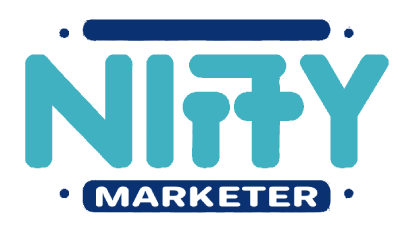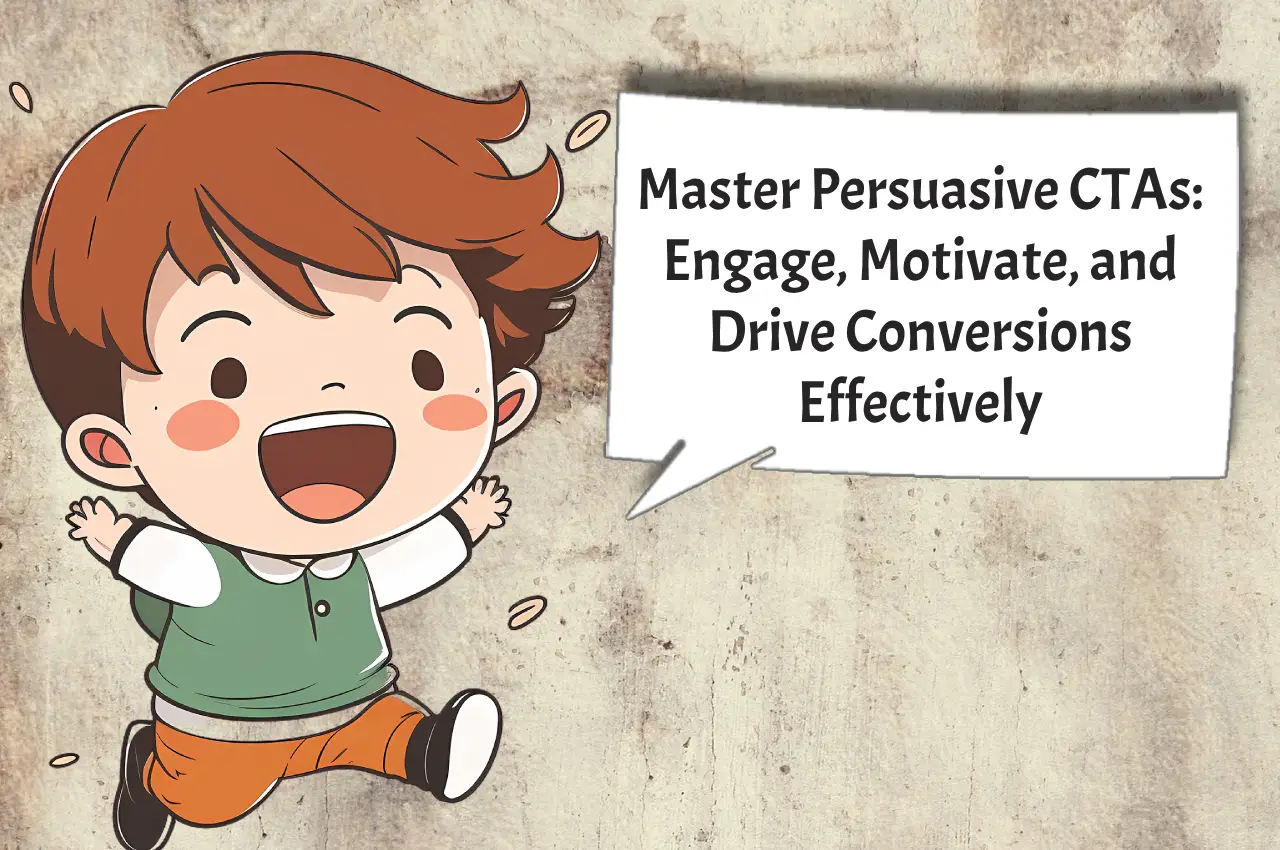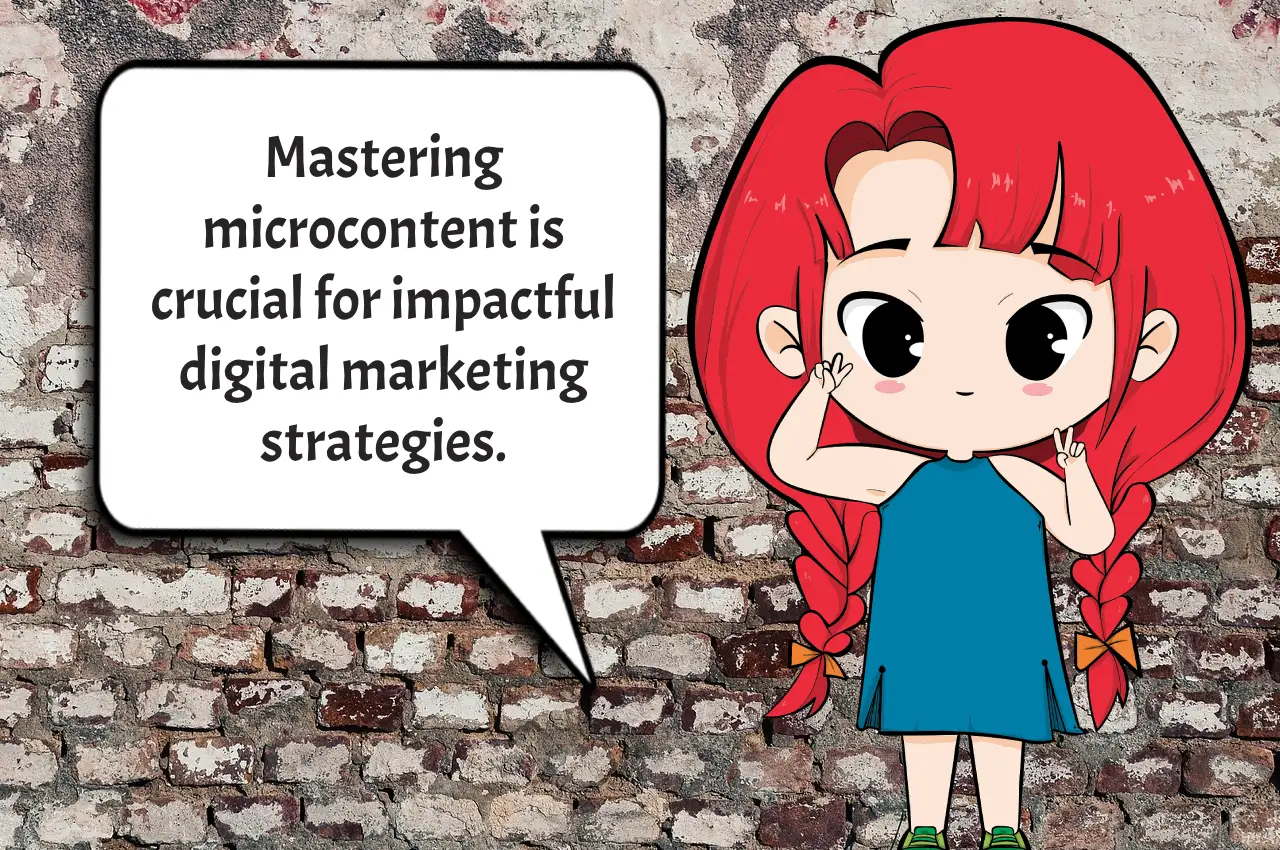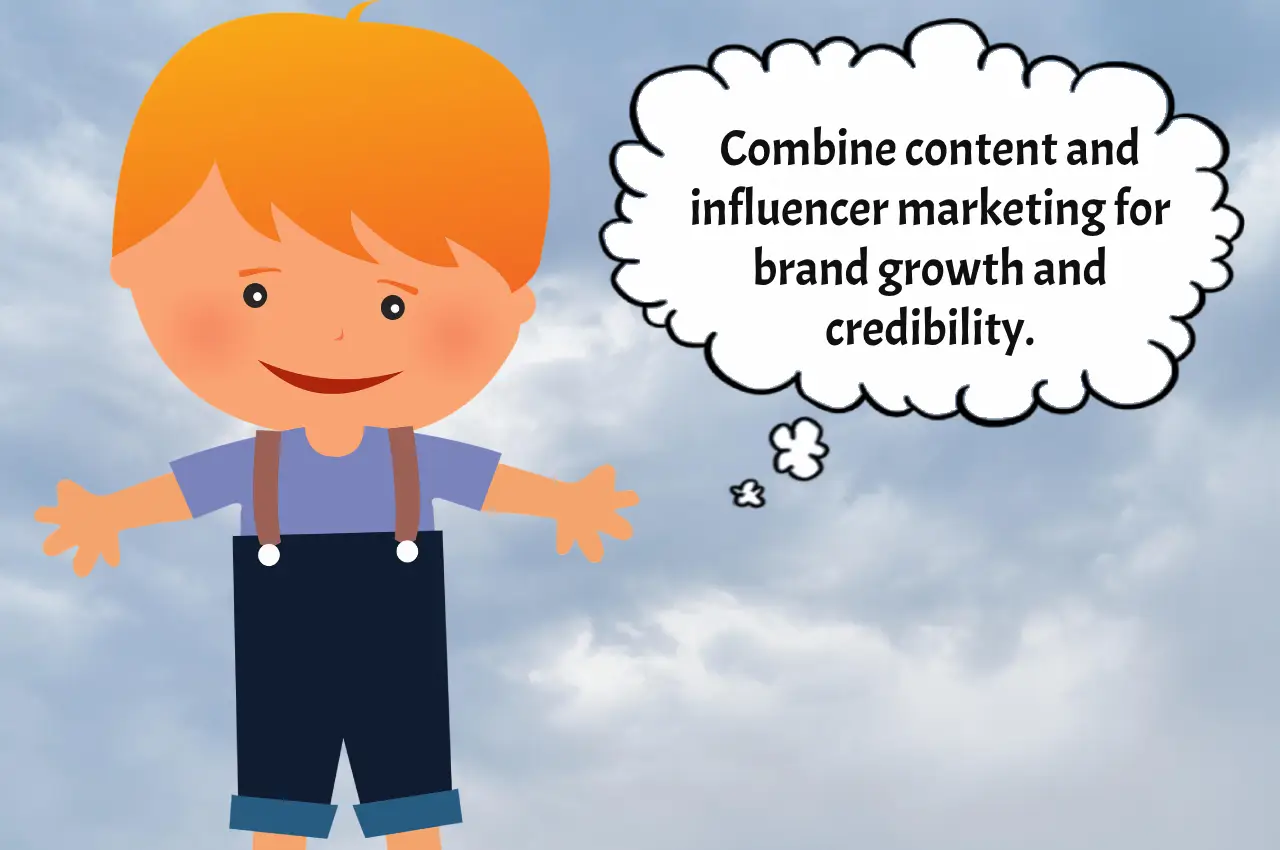Crafting compelling calls to action (CTAs) is akin to weaving a narrative that captivates your audience and nudges them towards taking the desired action. In today’s digital landscape, where attention spans are fleeting and competition is fierce, mastering the art of persuasive CTAs is essential for driving conversions and achieving marketing success.
Understanding the Anatomy of a Compelling Call to Action
A well-crafted CTA is more than just a button or a line of text; it’s a strategic element designed to prompt a specific response from your audience. To create CTAs that resonate with your target demographic, it’s crucial to understand their needs, desires, and pain points.
Key Elements of Compelling Calls to Action:
Clarity: Your CTA should clearly communicate what action you want the user to take. Ambiguity can lead to confusion and inaction.
Value Proposition: Highlight the benefits or value that the user will receive by clicking on the CTA. What’s in it for them?
Urgency: Create a sense of urgency to encourage immediate action. Limited-time offers or scarcity tactics can be effective in motivating users to act quickly.
Visibility: Make sure your CTA stands out visually on the page. Experiment with colors, fonts, and placement to draw attention to it.
Relevance: Tailor your CTAs to align with the context of the content or the stage of the buyer’s journey. A one-size-fits-all approach rarely yields optimal results.
Crafting Compelling Calls to Action: Best Practices and Strategies
Use Action-Oriented Language:
Employ verbs that inspire action, such as “Buy Now,” “Subscribe Today,” or “Learn More.” Passive language can dilute the effectiveness of your CTAs.
Create a Sense of FOMO:
Fear of missing out (FOMO) can be a powerful motivator. Incorporate phrases like “Limited Time Offer” or “While Supplies Last” to instill a sense of urgency.
Personalize the Experience:
Leverage user data to personalize CTAs based on demographics, behavior, or past interactions. A personalized CTA is more likely to resonate with the individual user.
A/B Testing:
Continuously test different variations of your CTAs to identify what resonates best with your audience. Small tweaks in language or design can have a significant impact on conversion rates.
Provide Social Proof:
Incorporate testimonials, reviews, or social media metrics to build trust and credibility. People are more inclined to take action when they see others endorsing your product or service.
Optimize for Mobile:
With the increasing prevalence of mobile browsing, ensure that your CTAs are easily clickable and visible on smaller screens. A seamless mobile experience is crucial for maximizing conversions.
Leverage Social Proof Effectively
Social proof, the psychological phenomenon where people assume the actions of others in an attempt to reflect correct behavior, can be a potent tool in CTA optimization. Incorporate user-generated content, such as customer testimonials, case studies, or user-generated reviews, to provide tangible evidence of your product or service’s value. Additionally, displaying social media share counts or highlighting endorsements from industry influencers can bolster credibility and encourage action.
Harness the Power of Emotional Appeal
Emotions play a significant role in decision-making, often trumping rational thought processes. Infuse your CTAs with emotional appeal by tapping into universal human desires, fears, or aspirations. Whether it’s instilling a sense of joy, excitement, or even fear of missing out, evoke emotions that resonate with your target audience’s motivations. For example, a CTA for a fitness app might evoke feelings of empowerment and confidence by emphasizing the transformative impact of regular exercise.
Provide Clear Benefits and Value Propositions
Compelling calls to action clearly communicate the benefits or value proposition of taking the desired action. Rather than focusing solely on the features of your product or service, emphasize how it solves a problem or fulfills a need for the user. Highlighting specific benefits, such as time savings, cost savings, or improved performance, can make your CTA more compelling and relevant to the user’s needs.
Create a Seamless User Experience
A seamless user experience is essential for maximizing conversions and reducing friction in the conversion process. Ensure that your CTAs lead to landing pages or forms that are optimized for usability and accessibility across devices. Streamline the user journey by minimizing distractions, removing unnecessary form fields, and providing clear instructions for completing the desired action. Additionally, consider implementing progressive profiling techniques to collect additional user data over time without overwhelming them with lengthy forms upfront.
Utilize Visual Cues and Design Elements
Visual cues and design elements can help draw attention to your CTAs and guide users towards taking action. Experiment with contrasting colors, directional cues (such as arrows or pointers), and prominent placement to make your CTAs stand out on the page. Incorporating dynamic elements, such as animations or interactive elements, can further enhance engagement and encourage interaction with your CTAs.
Foster Trust and Credibility
Building trust and credibility is crucial for overcoming user skepticism and hesitation towards taking action. Incorporate trust signals, such as security badges, industry certifications, or affiliations with reputable organizations, to reassure users of the legitimacy and reliability of your brand. Additionally, be transparent about your pricing, policies, and terms of service to foster trust and mitigate potential objections.
Real-Life Examples of Compelling Calls to Action in Action
Amazon: “Add to Cart” – Amazon’s ubiquitous CTA is simple, clear, and reinforces the action of making a purchase. The inclusion of the word “cart” subtly reminds users of the shopping process, nudging them towards completion.
HubSpot: “Get Started” – HubSpot’s CTA on their homepage invites visitors to embark on their marketing journey with a clear and enticing call to action. The use of the word “started” implies forward momentum and progress.
Netflix: “Join Free for a Month” – Netflix leverages the power of free trials to entice users to sign up for their streaming service. The offer of a free month removes barriers to entry and encourages users to experience the platform firsthand.
Conclusion
Crafting compelling calls to action requires a blend of creativity, empathy, and strategic thinking. By understanding your audience, leveraging persuasive techniques, and continuously optimizing your approach, you can create CTAs that drive engagement, conversions, and ultimately, business success. Incorporate these principles into your marketing strategy, and watch as your CTAs become powerful catalysts for driving action and achieving your goals.
What are your go-to strategies for crafting compelling calls to action? Share your insights in the comments below!





